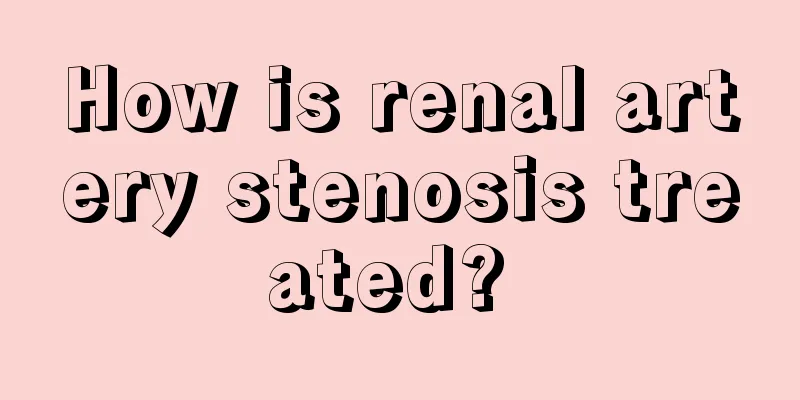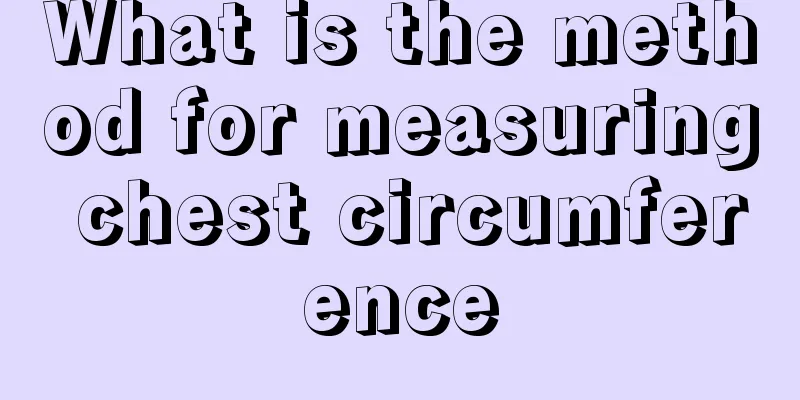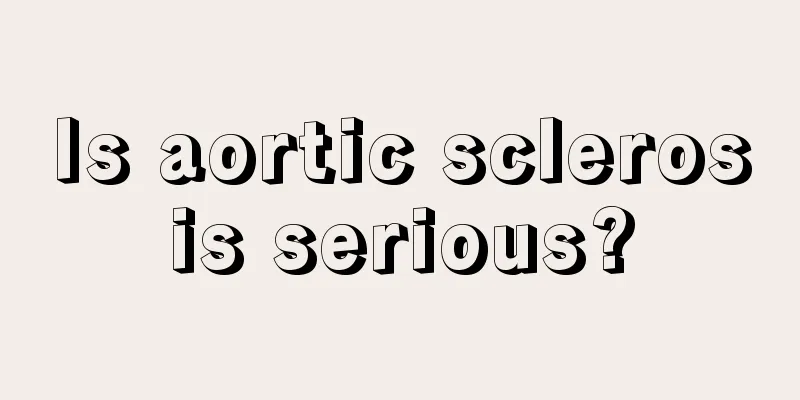How is renal artery stenosis treated?

|
Renal artery stenosis causes renal vascular hypertension and may also cause ischemic kidney disease. Renal artery stenosis can be treated with medication to suppress hypertension and some complications caused by hypertension, or it can be treated directly through surgery to restore renal blood flow and protect kidney function. 1. Surgical treatment It is suitable for situations such as failure of interventional treatment of renal artery stenosis, multi-branch stenosis or aneurysm formation at the distal end of the stenosis, and stenosis at the beginning of the renal artery. Surgical treatment includes renal vascular reconstruction (renal vascular bypass transplantation, coronary artery bypass grafting), endarterectomy (stripping), autologous kidney transplantation, etc. If the above treatment is ineffective and blood pressure is difficult to control, the diseased nephrectomy can be performed. If the cases are selected appropriately, the short-term efficacy of surgical treatment can reach 85% to 15%. However, according to previous clinical observations, its long-term efficacy is not significantly different from that of interventional treatment. Surgical treatment is highly traumatic and requires general anesthesia. It also places certain demands on the surgeon's heart, lungs, brain and other organ functions, and its clinical application is subject to certain limitations. (II) Internal medicine drug treatment Drug therapy cannot prevent the progression of renal artery stenosis, but it can help control high blood pressure and improve symptoms. For patients with unilateral renal artery stenosis and high renin, ACEI or ARB is now often the first choice, but it is necessary to start with a small dose and gradually increase the dose to prevent the blood pressure from dropping too quickly or too low. Patients with bilateral renal artery stenosis should avoid taking the above drugs. In order to effectively control blood pressure, it is often necessary to use multiple antihypertensive drugs in combination. There are many modern powerful antihypertensive drugs. Drug therapy can often effectively control renovascular hypertension, and there is no difference between drug therapy and PTRA in the long-term survival rate of patients. Therefore, many scholars currently believe that drug therapy should be the first choice for renovascular hypertension. As for renal artery stenosis that has already led to ischemic nephropathy, timely PTRA and placement of vascular stents remain the first choice to prevent progression of stenosis and renal function damage. If PTRA is contraindicated or PTRA and stent placement fail, surgical treatment can be considered. (III) Angioplasty Percutaneous transluminal renal angioplasty (PTRA, which uses a balloon to dilate the renal arteries) is often done; this treatment is particularly useful for people with fibromuscular dysplasia. Since patients with atherosclerosis and large-vessel arteritis are prone to restenosis after dilation, resulting in treatment failure, vascular stents should be placed in these patients after dilation. |
<<: Do you know what vestibular neuritis is?
>>: What are the steps for arterial puncture?
Recommend
The latest treatment for chondromalacia patella
There are many ways to treat diseases. When treat...
How to choose oolong tea?
Oolong tea is a very distinctive type of tea amon...
How can advanced lung cancer be treated? Dietary recommendations for patients with advanced lung cancer
Cancer is currently the most difficult disease to...
What are the steps of manual CPR?
Sudden cardiac arrest is a relatively dangerous p...
How to apply liquid foundation
The most important cosmetic for girls who love to...
What are the benefits of maternity insurance
In our daily work, many companies provide five in...
What are the symptoms of colon cancer recurrence
The effect of treating colon cancer varies from p...
With these laxatives in hand, there is no constipation that cannot be cured
In clinical practice, do you often worry about yo...
Long-term dry stool
In daily life, eating, drinking, defecating, urin...
What causes acne on lower scars
The chin is the part of the body where women are ...
What can't you eat if you have cerebral infarction
There are more and more patients with cerebral in...
How to wash paint off clothes
There are many other types, such as some solvent-...
The bones next to my ears make noises when I eat
Sometimes in life, some unexpected phenomena will...
Can squatting help slim down your legs?
In fact, squatting can help you slim down your le...
How to use rice water
Rice water is quite common in our daily life. It ...









